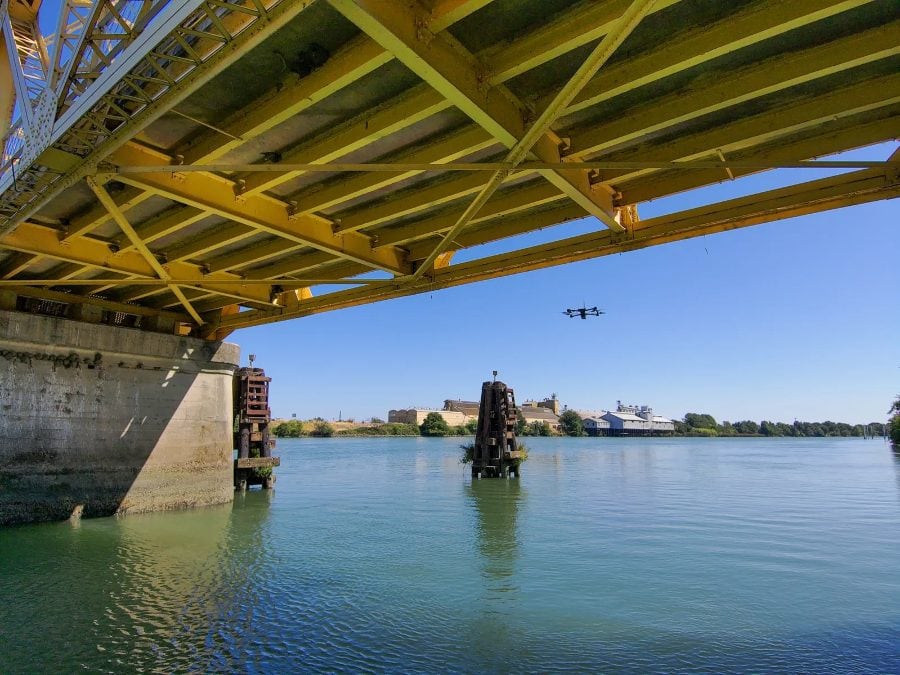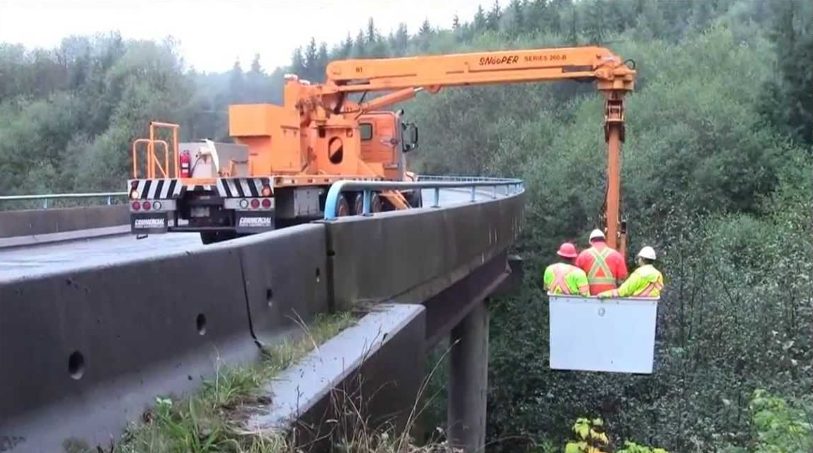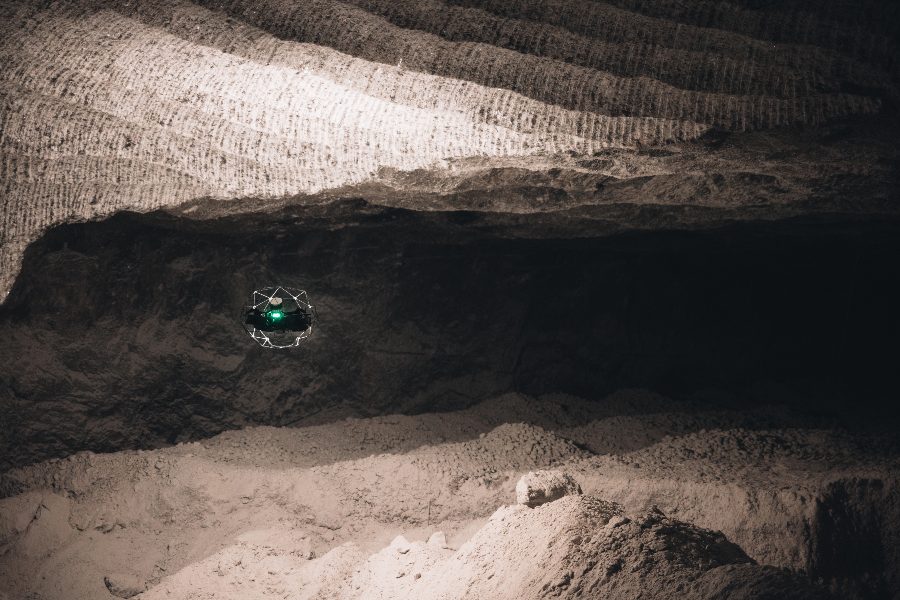Drone Infrastructure Bill Proposes $200 Million in Grants for Drones and Drone Education
BY Zacc Dukowitz
17 August 2022A bill is slowly making its way through congress right now that would provide $200 million to states and local governments to pay for drones, drone services, and drone education.

Credit: Skydio
$100 million of the proposed funding would be allocated for grants for the purchase of drones or drone services for inspecting critical infrastructure (only US-made drones will qualify for these funds). And another $100 million would be allocated for training and education as it relates to commercial drone operations.
Called the Drone Infrastructure Inspection Grant (DIIG) Act, the bill was first presented in the House, where it passed earlier this year. After passing in the House a bill moves on to the Senate, where it must also be passed to become law.
Though there’s no guarantee it will become law, a companion bill identical to the House’s bill was recently introduced in the Senate, and it seems like it has a good chance of being made law due to its bipartisan focus on infrastructure.
Using advanced technology for infrastructure safety inspections will improve and strengthen our bridges and railways. In Arkansas, we’ve invested in modernizing our capabilities, including utilizing drones and other emerging technologies. The DIIG Act continues to build on this momentum while also helping develop the workforce to operate these cutting-edge tools.
– Senator John Boozman, one of the bills sponsors
Why the Drone Infrastructure Inspection Act Matters
The first reason this proposed bill is important is because it allocates a lot of money for states and local governments to buy drones, hire existing drone pilots, and train new pilots—basically, to help grow the U.S. drone industry.

Credit: DJI
While $200 million may sound like small potatoes at a time when laws are being passed that allocate hundreds of billions of dollars for various projects, it is still a very significant amount of money.
The money for new drones could mean an influx of capital for American drone companies, helping them get a small leg up when it comes to competing with DJI.
And the money for drone services could help employ many commercial drone pilots.
Not only that, but the large-scale hiring of drone pilots for inspections by local governments could have the secondary benefit of creating a permanent change in drone adoption. One of the main barriers right now for mass adoption in using drones for inspections is culture—that is, company leadership resisting the change inherent in implementing new technologies.
Seeing fleets of drone pilots employed by the state to inspect critical infrastructure could help companies start to realize that drones are here to stay for this type of work, and nudge them toward adoption.
Finally, the $100 million proposed for drone-related education could help further build out the path for drone pilots to become trained and ready for work.
The money could bolster existing university drone programs and help build new ones, creating a groundswell that might push the occupation of drone pilots from a novel concept into a commonly accepted career.
Whether the bill passes or not, its creation and progress toward becoming law indicate a positive trend. Legislators are paying attention to the drone industry and want to put money into the real value drone technology can provide, especially when it comes to inspections.
And this trend is worth noting by itself.
People in power know the value that the drone industry can provide for inspections (among other uses) and bills like this one will help raise the prominence of commercial drone work in the public eye, even if it ultimately doesn’t become law.
Are Inspections the Future of the Drone Industry?
Of all the types of commercial drone work out there, inspection work seems to be both one of the fastest growing right now.
The potential for drone adoption in inspections is massive. In 2020, the North American market for testing, inspection, and certification market was valued at $42.53 billion.
The reason why is straightforward. Every large industrial plant, from cement plants, to power plants, to wastewater treatment plants, requires periodic inspections.
Currently, most of those inspections are still done in person, by an inspector standing on scaffolding, using ropes, or often performing some other kind of potentially dangerous activity like entering a confined space so that they can see if there are any flaws present in the plant’s equipment.
Drones make this process safer, cheaper, and more efficient, largely by removing the need for a person to collect inspection data in person at all.

A bucket truck
To inspect a bridge, for example, inspectors stand in a bucket attached to a special truck that lets them hang over the side of the bridge, blocking traffic and potentially putting inspectors in harm’s way—not to mention taking a really long time and only allowing them to collect the data they can photograph from the bucket.
But with a Skydio 2+ or a Matrice 300 you can just fly straight under the bridge, capture all the data you need, and fly out. No one has to expose themselves to danger, no traffic needs to be blocked, and the data is better than the data collected in person.

Credit: Flyability
The potential for drones in the inspection space isn’t new.
In recent years, niche inspection drones like Flyability’s Elios 3 (shown above) for confined space inspections have seen growing adoption throughout the U.S., and the world.
Drone-in-a-box solutions for continuous monitoring and inspections of critical infrastructure are also starting to gain real ground.
Florida Power & Light recently announced a long term plan to use hundreds of Percepto’s drone-in-a-box for continuous monitoring at its power plants. And American Robotics has been gaining ground with its own drone-in-a-box solution, recently securing permission from the FAA to use its Scout drone for autonomous operations at 10 sites in eight different states.

Credit: American Robotics
The Drone Infrastructure Inspection Grant (DIIG) Act’s existence shows that people in leadership see the same potential that these companies see, and want to invest in a future where all the inspections that could be done by drones are.
And that future looks very bright for the U.S. drone industry.


